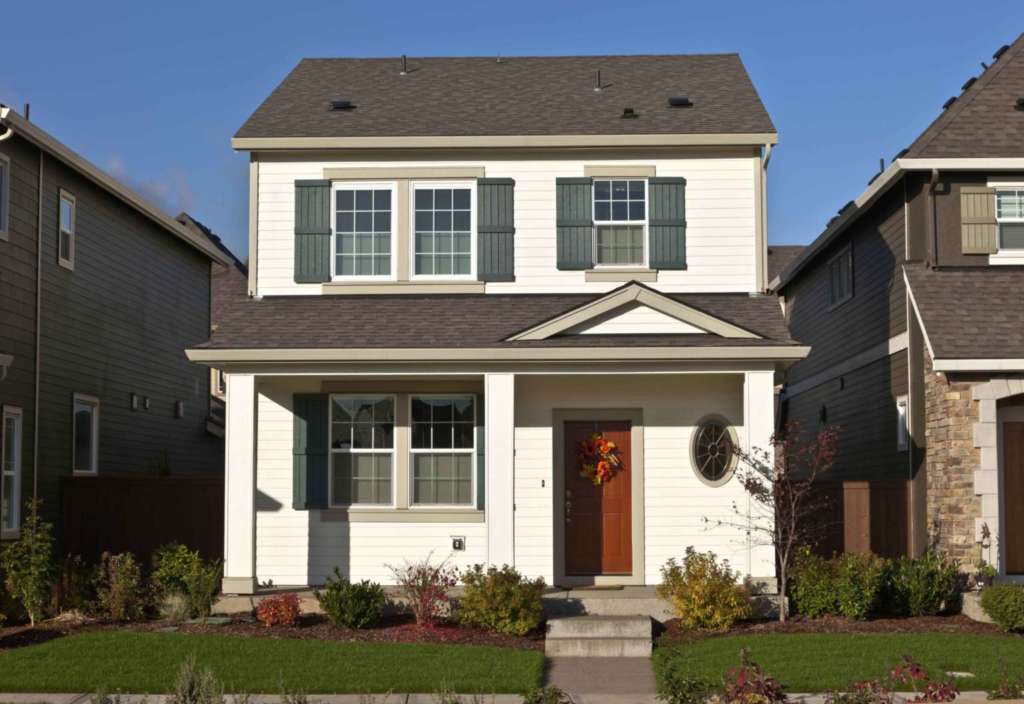Raising Your Client’s Radon Awareness
| May 01, 2025
As most licensees should be aware, radon is a colourless, odourless, and tasteless radioactive gas that naturally occurs from the decay of uranium in soil and rock. Uranium occurs naturally in soil and rock formations, and places with higher-than-normal uranium deposits, such as Alberta and Saskatchewan.
Knowledge of radon is particularly important in the real estate industry as it can accumulate to high levels in homes, posing a significant health risk. A lot of people are still not familiar with radon. As a real estate professional, it is your responsibility to ensure your buyer clients are made aware that it exists, the risks associated, and the importance of testing and mitigation.
KNOW THE FACTS
- radon seeps through the earth and into basements, where it can become trapped because of the efficient way homes are sealed from the outside elements
- prolonged exposure to radon can lead to health problems, including lung cancer
- after smoking, radon gas is the leading cause of lung cancer
TESTING AND MITIGATION
Buyers should be advised that they may ask the seller if they’ve had their home radon tested, and
if so, request to see the test results. If the radon test showed high levels of radon (higher than
200 Becquerel), that’s considered a material latent defect that must be disclosed, unless a radon mitigation device is installed prior to listing.
There is not much that can be done to evaluate radon levels if a radon test has not been done previously on the property. Currently, typical offer to purchase timelines happen quicker than the 90 days that a proper radon test takes to complete.
If your buyers still wish to proceed with an offer on a home that hasn’t had a radon test or a property where the results are high, they should be advised that a radon mitigation device can be installed to vent radon gas outside the home from the basement. Mitigation costs vary but are often several thousand dollars. The Alberta Building Code 2014 included new requirements to protect homes from radon. The requirements came into effect in late 2015, and include, among other things, that new homes require a properly located radon rough-in or passive pipe in the basement, which can make it easier (and cheaper) to install a radon mitigation device. Buyers should be advised to hire a Certified Radon Technician to install any radon device to ensure it’s done properly and within 90 days of possession.
Although it is their decision how to proceed, buyer clients need to be made aware that radon exposure is a significant health issue, and radon testing, and mitigation is available.
For more information about radon, please visit Health Canada’s website


